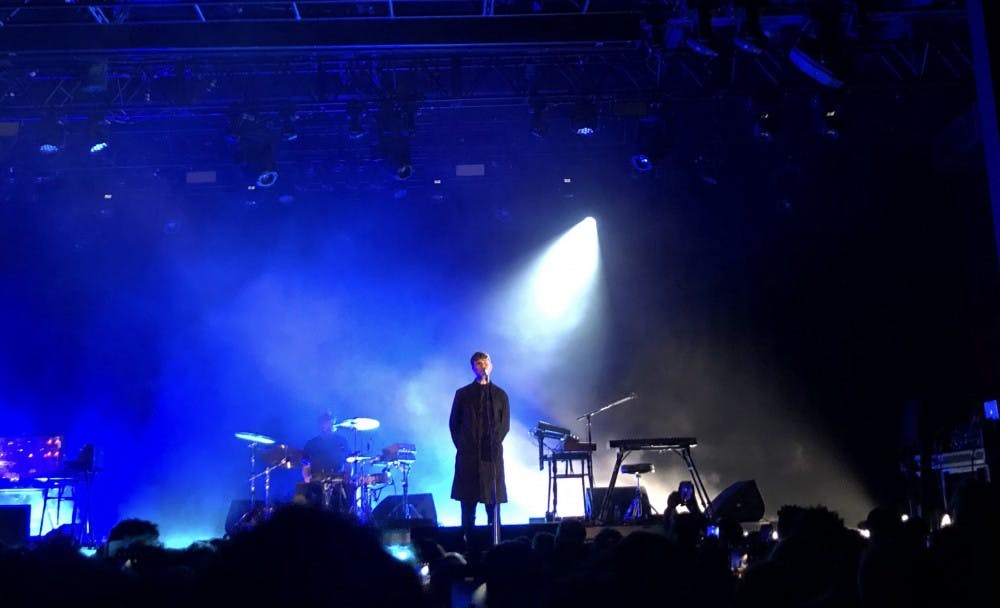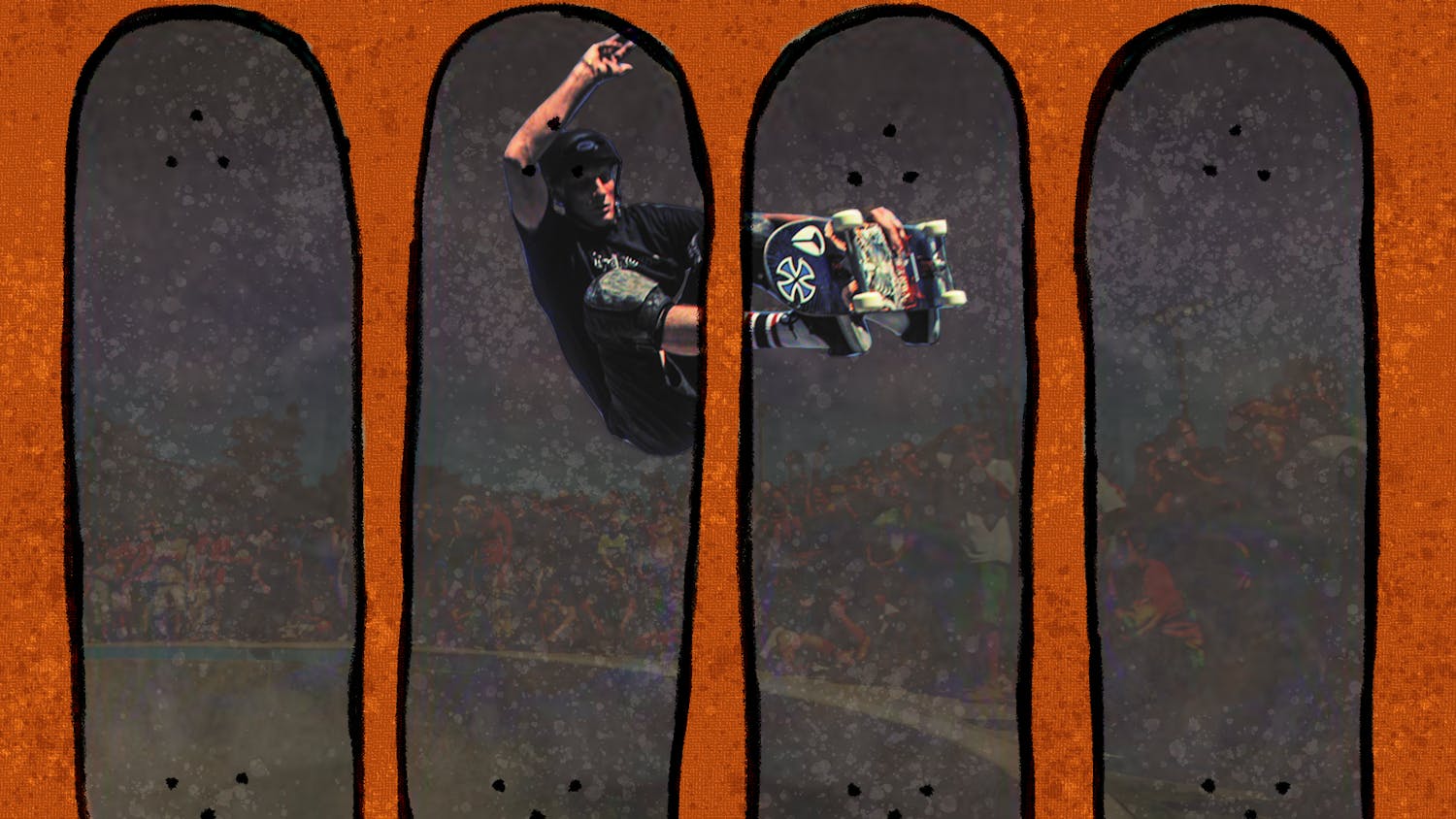The lights dim at the Fillmore, and the packed crowd cheers, “Blake!” as a tall, looming figure appears from foggy smoke on stage. Idly, he sits on the piano bench with no introduction, not even a wave or a smile. The running of piano notes that open the song “Assume Form” seem to be conjured out of thin air. The crowd goes silent, letting Blake’s melodies fill the space.
On Friday, February 23rd, James Blake performed at The Fillmore as part of his North American tour for his most recent album, Assume Form. The energy at a James Blake concert is comparable neither to that of a frenetic rap performance nor that of a mellow, acoustic set. Rather, there’s only one word that can be used to describe it: chilling. From the second Blake stepped on stage to the moment he walked off, the audience was in awe. In the first half of his set, Blake remained at the piano within the shadows. His music could not only be heard through his piercing voice, but it could also be seen through changing lights and felt through deep bass notes that made your heart pulse. His song “Life Round Here” wasn’t just a mix of electronic piano notes and humming lyrics as it is on the album, but it was instead a combination of flashing, smoky white lights and electronic synthesizers projected with a force that made the ground shake. Through fading beats slowly out of songs, Blake seamlessly transitioned from one track to the next.

The most vulnerable performance of the night was Blake’s rendition of “Love Me in Whatever Way” from his album The Color in Anything, which was released in 2017. In the spotlight stands Blake and his mic, with no more than a few inches between the two. A painful, nostalgic air is attached to each word as Blake takes his time between phrases. With the venue filled only by his voice, he pleads, “Where you leave me, I will go,” . The presence of electronic sounds are almost nonexistent, making Blake’s performance seem even more personal.
Blake’s live performance of his album Assume Form is particularly interesting in its large number of featured musicians; he collaborated with artists from Andre 3000 to Travis Scott. How would Blake perform these songs without their featured artists? Instead of taking these songs out of his concert set, he modifies them in a way that emphasizes the electronic beats and synthesizers. In Blake’s performance of “Where’s The Catch?” he elongates the repetitive piano intro by playing it on a loop that increasingly gets more dramatic. Instead of playing Andre 3000’s featured section in the middle of the song, he leaves it to the very end to close off the track. Andre’s voice booms over the speakers as the lights change colors and Blake nods his head to the beat onstage, as if listening to it for the first time. He gives these artists the credit and appreciation they deserve while also putting a twist onto his own segments of the song.

James Blake’s live performance clarifies who he is as an artist and a creator. It becomes clear that for Blake, music isn’t just sound but rather a mix of sensations that are seen, heard, and felt. He takes the concert and turns it on his head, playing with different forms of his song creations and pushing the boundaries of what it means to really feel music in your core.







